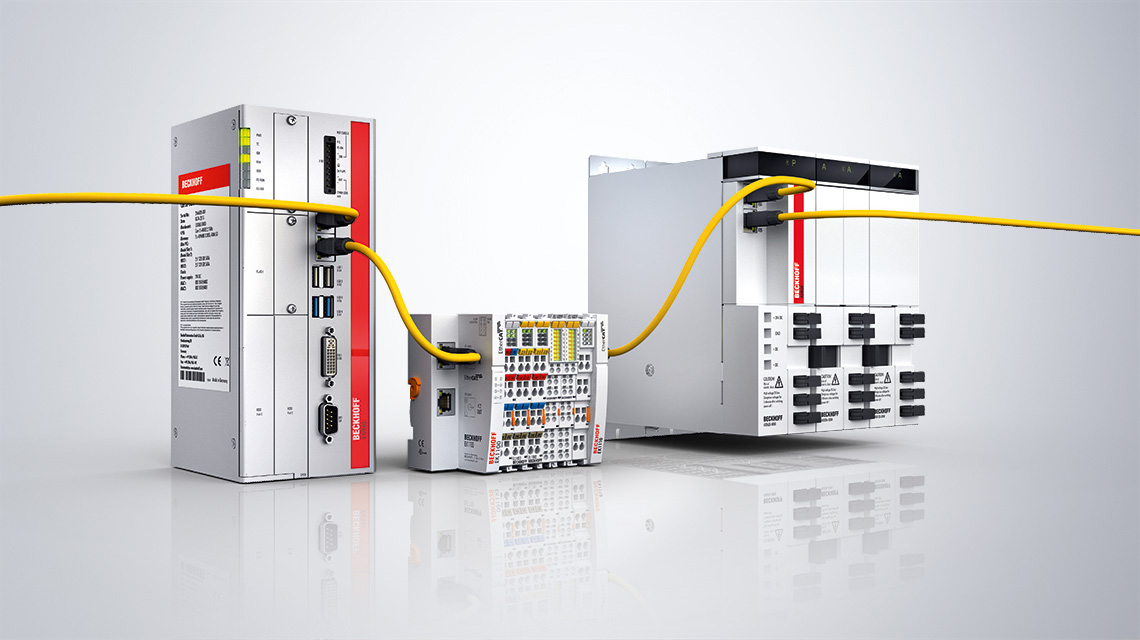Posted on 30th Mar 2024

In the realm of industrial automation and control systems, the acronyms VFD (Variable Frequency Drive) and VSD (Variable Speed Drive) are frequently used interchangeably, often leading to confusion among professionals and enthusiasts alike. While both serve similar functions in controlling motor speed and improving energy efficiency, there are subtle differences between the two that can significantly impact their suitability for specific applications. In this article, we delve into the nuances of VFDs and VSDs to determine which might be better suited for various scenarios.
A Variable Frequency Drive (VFD) or ac drive is a type of motor controller that drives an electric motor by varying the frequency and voltage supplied to the motor. By adjusting these parameters, VFDs enable precise control over motor speed, torque, and acceleration, allowing for efficient operation across a wide range of speeds. VFDs are commonly used in applications such as pumps, fans, conveyors, and HVAC systems, where varying load demands necessitate flexible motor control.
On the other hand, Variable Speed Drives (VSDs) encompass a broader category of motor control devices that includes not only VFDs but also other types of drives such as Variable Voltage Drives (VVDs) and Variable Torque Drives (VTDs). While VFDs specifically regulate motor speed by adjusting frequency and voltage, VSDs encompass a wider spectrum of control methods, including adjusting motor voltage, current, and torque to achieve the desired speed.
Control Methodology: VFDs primarily rely on adjusting the frequency and voltage to control motor speed, providing precise speed regulation. In contrast, VSDs encompass a broader range of control methods, offering flexibility in adapting to diverse application requirements.
Application Suitability: VFDs are well-suited for applications where precise speed control is paramount, such as in conveyor systems or precision machining equipment. VSDs, with their broader control capabilities, may be preferred for applications with varying load characteristics or where unconventional motor control methods are required.
Complexity and Cost: VFDs tend to be more straightforward in terms of control methodology, making them easier to install and operate. However, the additional flexibility offered by VSDs comes with increased complexity and potentially higher costs, both in terms of initial investment and ongoing maintenance.
Energy Efficiency: Both VFDs and VSDs provided by vfd suppliers contribute to energy savings by enabling motors to operate at optimal speeds based on load requirements. However, the efficiency gains may vary depending on the specific control method employed and the efficiency of the motor itself.
Determining whether a VFD or VSD is better suited for a particular application depends on various factors, including the level of control precision required, the nature of the load, cost considerations, and energy efficiency goals. In general, VFDs excel in applications demanding precise speed control and straightforward operation, while VSDs offer greater flexibility and adaptability for complex or dynamic load conditions.
Ultimately, the choice between VFDs and VSDs as available on Darwin Motion should be made based on a thorough analysis of the specific requirements and constraints of the application in question. Consulting with industry experts and considering factors such as performance, cost-effectiveness, and long-term reliability will help ensure the selection of the most suitable motor control solution for optimal operational efficiency and productivity.